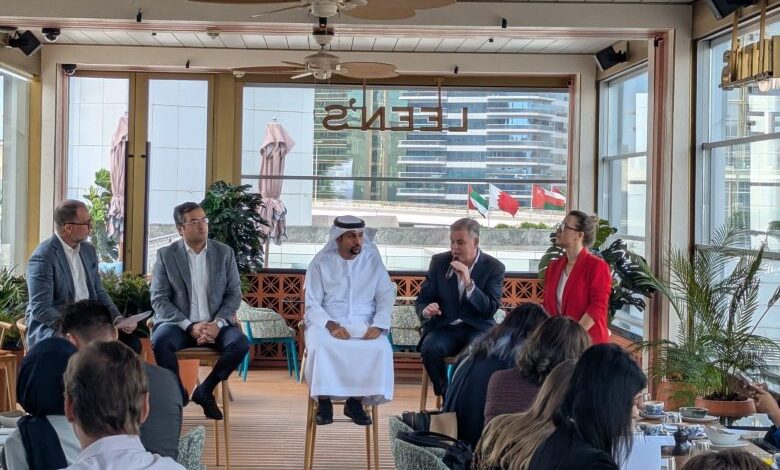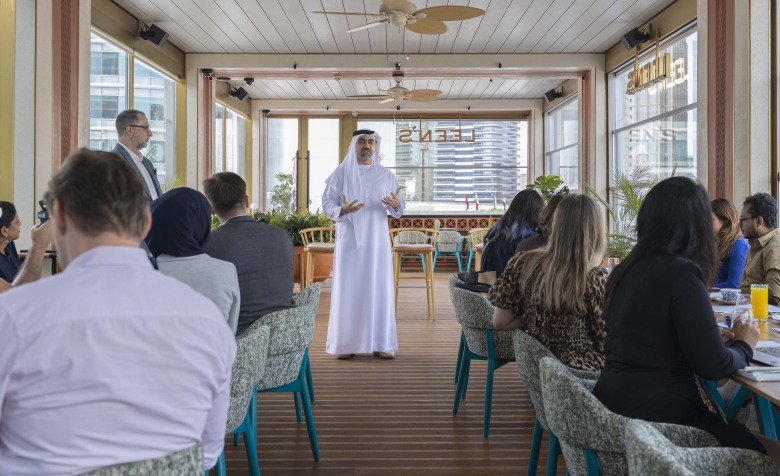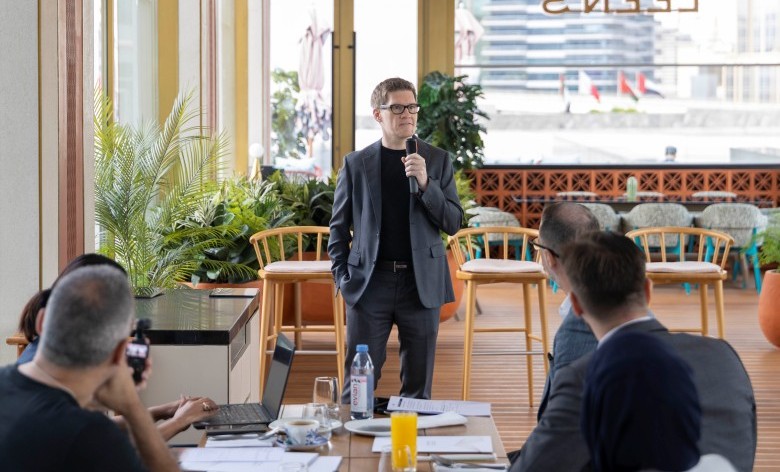VARA–SCA Alignment Signals a Maturing Phase in UAE’s Digital Asset Regulation
Bybit’s SCA license turns confusion into regulatory coordination.

The Virtual Assets Regulatory Authority (VARA) Media Breakfast, held this morning alongside GITEX Global and the Future Blockchain Summit, marked an important moment for the UAE’s digital asset landscape. This year’s edition wasn’t defined by announcements or new frameworks, but by a clear message: alignment, shared vision, and collaboration between the Securities and Commodities Authority (SCA) and VARA.
The event began with Deepa Raja Carbon, VARA’s Vice Chair & MD, and Matthew White, its CEO, both underscoring a unified message — the alignment between VARA and SCA. Their interventions, spontaneous yet direct, echoed one theme: the relationship between the emirate-level and federal regulators is coordinated and collaborative, leaving no room for speculation about internal divisions. The tone was calm, assured, and intentional — a public acknowledgment that UAE regulators are working toward a shared national framework for virtual assets.
Following them, HE Waleed Saeed Al Awadhi took the stage, setting the tone before inviting Tariq Al Hajeri, Head of Virtual Assets Supervision at SCA, to participate in the discussion. His participation — alongside the presence of the SCA’s CEO — reinforced the day’s overarching message: VARA and SCA are not two separate narratives, but complementary forces shaping one cohesive regulatory ecosystem.



That message carried particular weight after recent market confusion — notably when SCA granted a full VASP license to Bybit, an exchange that had previously operated under VARA’s Initial Approval (IPA). At the time, the move raised questions about overlapping jurisdictions. Yet today’s joint presence and tone made it clear that alignment is not aspirational but already operational.
While neither regulator publicly detailed how Bybit’s operational and supervisory structure will be coordinated going forward, it was evident between the lines that an understanding exists — perhaps stemming from, or reflected within, the broader framework of cooperation already signed between both authorities. The specifics may not be public, but the clarity of intent was unmistakable: regulatory coordination is deepening.
Beyond perception, VARA’s record reflects tangible progress. In less than two years, the authority has licensed over 40 Virtual Asset Service Providers (VASPs) and registered more than 600 entities offering advisory or technology services. Collectively, these firms have contributed to AED 2.5 trillion in transaction volumes year-to-date, establishing Dubai — and by extension, the UAE — as one of the most active and structured licensed virtual asset markets globally.
During the discussion, Sean McHugh, Senior Director and Head of Market Assurance at VARA, elaborated on how the authority is building bridges with peer regulators in Singapore, Hong Kong, and other key financial centers. He emphasized that enforcement and consumer protection remain central to VARA’s mission — not as restrictive measures, but as essential steps toward building market trust and rewarding entities that have invested in compliance and transparency. His remarks reinforced that VARA’s regulatory evolution is rooted in both global cooperation and domestic accountability.
Balancing innovation with investor protection remains the core challenge of every modern regulator. VARA’s trajectory suggests that it is transitioning from formation to maturity, finding its rhythm between enforcement and enablement, confidence and caution. In that process, it is gradually mastering the art of regulation without suffocating innovation — a rare balance that few regulators globally have achieved.
The VARA–SCA alignment displayed at this year’s media breakfast is more than symbolic. It signals the maturing phase of UAE’s digital asset regulation, built on cooperation, clarity, and institutional confidence — a framework where federal and emirate regulators act in concert, shaping a unified ecosystem for the financial future.





